34
As a user, I’ve found Canva to be a versatile powerhouse, offering an extensive array of design functionalities that cater to diverse needs. Its user-friendly interface, along with a vast library of templates, graphics, and fonts, empowers both novices and experts like me to bring our visions to life effortlessly.
Whether I’m crafting social media graphics, presentations, or print materials, Canva’s intuitive drag-and-drop editor streamlines my creative process. Moreover, its collaborative features enable seamless team collaboration, making it a favored choice for businesses and organizations like ours. On the other hand, Renderforest emerges as a frontrunner in video and animation creation, captivating audiences with its dynamic capabilities.
Leveraging cutting-edge technology, Renderforest offers an impressive suite of tools for crafting professional-grade videos and animations. From promotional videos and explainer animations to logo intros and slideshows, Renderforest empowers users like me to produce visually stunning content with ease. Additionally, its cloud-based platform ensures accessibility across devices, allowing for seamless creation and editing on the go.
Comparison Table
In this Comparison Table section, we’ll provide a concise overview of the key features of Canva and Renderforest, allowing you to quickly assess their strengths and differences for your design and creative projects.
| Feature | Canva | Renderforest |
|---|---|---|
| User Interface | 🖌️ Intuitive and user-friendly | 🎨 Clean and straightforward |
| Ease of Use | ✨ Beginner-friendly | 🚀 Easy learning curve |
| Features | 💡 Extensive design tools | 🛠️ Video editing, animation, and more |
| Templates | 🎨 Diverse templates library | 🖼️ Customizable templates for various purposes |
| Customization Options | 🖌️ Flexible customization | 🎭 Advanced customization options |
| Graphic Design Tools | 🎨 Rich selection of design elements | ✏️ Tools for creating logos, posters, and more |
| Video Creation Features | 📹 Limited video editing capabilities | 🎥 Extensive video editing and effects |
| Animation Effects | ✨ Basic animation features | 🌟 Advanced animation styles and effects |
| Pricing Plans | 💵 Free and paid plans available | 💳 Subscription-based pricing with free options |
| Visit website | Visit website |
User Interface and Ease of Use
I can share my experience using Canva and Renderforest. Canva impressed me with its intuitive and user-friendly interface, making it accessible for both beginners and experienced designers like me. Its drag-and-drop feature allows me to create stunning designs without needing extensive technical knowledge. The organized layout and customizable templates in Canva simplify the design process, sparking creativity.
On the other hand, when I used Renderforest, I found its clean and straightforward interface perfect for those new to video editing and animation. Its easy learning curve makes it great for novices, enabling them to create professional-quality videos without dealing with complex editing tools. Renderforest’s intuitive design and diverse templates and animations provide a seamless experience, helping users bring their ideas to life through captivating visual content.
Features and Functionality
I stand out due to my rich variety of design tools, encompassing robust capabilities for image editing, typography, and illustration. This platform empowers users like me to create visually appealing graphics, posters, and social media content with ease.
On the contrary, Renderforest takes the lead in video creation and editing, providing a wide selection of templates, animations, and effects to elevate the quality of your videos. Whether you’re crafting promotional videos, animations, or intros, Renderforest offers intuitive tools and customization options for professional-grade results.
Design Templates and Customization Options
I find that Canva offers a wide range of templates tailored for different design needs, spanning from social media posts to professional business presentations. Our extensive library and customization tools empower us to personalize templates according to our brand identity and specific requirements.
On the other hand, Renderforest specializes in customizable templates geared towards video and animation projects, ideal for marketing materials, engaging intros and outros, and various creative endeavors. Our platform emphasizes creating visually captivating videos and animations with ease, catering to users looking to enhance their digital content with dynamic visuals and effects.
Graphic Design Tools and Effects
In my experience, Canva’s graphic design tools offer a wide range of elements, including shapes, icons, and a vast library of stock photos. These features empower us to craft visually stunning and professional-looking graphics for various purposes, such as social media posts, presentations, marketing materials, and more.
On the other hand, Renderforest, while not as comprehensive in graphic design as Canva, offers a unique blend of tools within its video editing interface. We can create logos, posters, and other graphic elements seamlessly integrated into our video projects. This integration streamlines the creative process by allowing us to design graphics directly within our video editing workflow, enhancing efficiency and consistency in visual storytelling.
Video Creation and Editing Features
When I explore Renderforest, I find a strong emphasis on audio quality. It offers advanced audio enhancements that ensure the sound complements the visuals perfectly. Options like adjusting volume levels, applying filters, and seamlessly integrating background music or voiceovers into the video composition are readily available.
The platform’s intuitive interface and robust editing tools make it my go-to choice, whether I’m a professional or an enthusiast looking to elevate my video content with professional polish and finesse. On the other hand, Canva, while it does offer basic video editing capabilities, primarily focuses on static designs and graphics. Its strength lies in creating captivating visuals for print or digital media. However, it may lack some of the more advanced video editing features found in dedicated video editing software like Renderforest.
Canva excels with its user-friendly interface and extensive library of templates and design elements, making it ideal for creating engaging static content such as social media posts, presentations, and marketing materials. But if you’re looking for comprehensive video editing tools with a focus on creativity and precision, Renderforest stands out as the preferred choice.
Animation Effects and Styles
I find that Renderforest excels in providing a wide range of advanced animation effects and styles, empowering us to craft dynamic and captivating animations for diverse purposes. Whether it’s for promotional videos, presentations, or social media content, Renderforest offers us a robust set of tools to bring our ideas to life with professional-grade animations.
On the other hand, Canva offers more basic animation features that are suitable for creating simple animated designs. While Canva’s animations can enhance static designs and add a touch of interactivity, they may not fulfill the requirements of users seeking intricate and sophisticated animations.
Pricing Plans Comparison
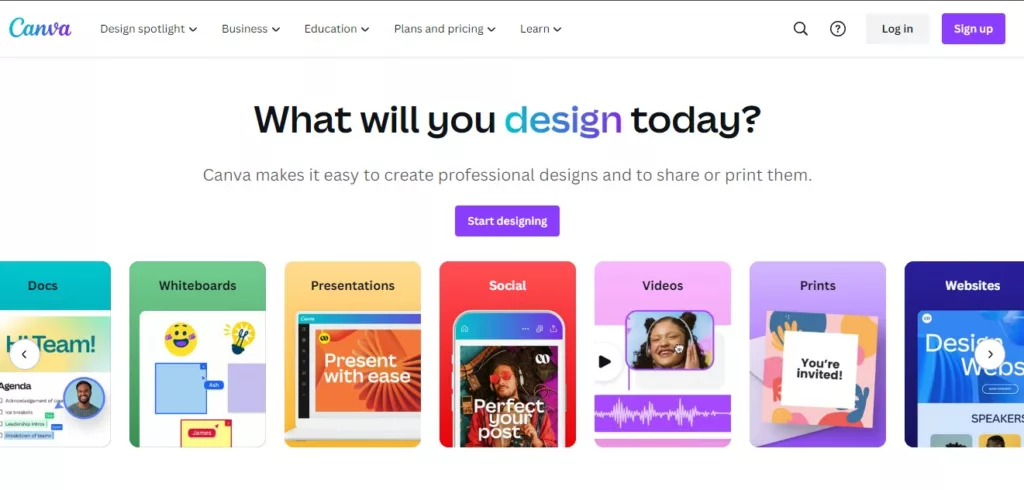
In my experience with Canva’s paid plans, we gain access to a plethora of additional features not available in the free version. These include advanced design tools, premium templates, a larger library of stock images and videos, the ability to upload custom fonts and logos, and collaborative features for team projects. The paid plans also typically remove any watermarks from our designs and grant us the ability to export designs in higher resolutions suitable for professional printing or digital presentations.
On the other hand, Renderforest operates on a subscription-based pricing model with different tiers tailored to different user needs. These tiers may include options like basic editing tools, access to a wider range of templates, higher resolution exports, removal of watermarks, and commercial usage rights. Renderforest’s higher-tier plans often include more advanced features such as 3D animations, custom branding, priority support, and increased storage space for projects.
Which Platform Is best ?
When I consider my design needs, I find that Canva is a fantastic option if I want a versatile graphic design tool with a user-friendly interface. However, if I’m focused on video creation, animation, and advanced customization options, Renderforest is a better fit for my requirements.
If you found this article helpful and informative, consider sharing it with your family and friends on social media platforms such as Facebook and Twitter. Sharing valuable content can benefit others who may also find it useful in their endeavors.
Renderforest: The Good and The Bad
In this section, we’ll delve into the advantages and drawbacks of Renderforest, giving you a clear understanding of what the platform excels at and where it may fall short. This insight will help you make an informed decision about whether Renderforest is the right choice for your design and video creation needs.
The Good
- Advanced video editing and animation features
- Extensive library of templates and effects
- User-friendly interface for beginners
The Bad
- Limited graphic design capabilities compared to Canva
- Pricing may be prohibitive for some users
Canva: The Good and The Bad
In this section, we’ll explore the strengths and weaknesses of Canva, providing you with valuable insights into what the platform does exceptionally well and areas where it may have limitations. This analysis will assist you in determining if Canva is the ideal solution for your graphic design and creative projects.
The Good
- Extensive design tools and templates
- Flexible customization options
- Suitable for both beginners and professionals
The Bad
- Basic video editing features
- Some advanced features locked behind paid plans
Questions and Answers
Can I use Canva and Renderforest together for my projects?
es, you can use Canva for graphic design elements and Renderforest for video creation, combining the strengths of both platforms.
Which platform is more cost-effective for a small business?
Canva’s free plan and affordable paid options make it a budget-friendly choice for small businesses. Renderforest’s pricing may vary depending on your usage and needs.
Are there alternatives to Canva and Renderforest worth considering?
Yes, alternatives like Adobe Spark, Piktochart, and Vyond offer similar features and may suit specific design requirements.
You Might Be Interested In
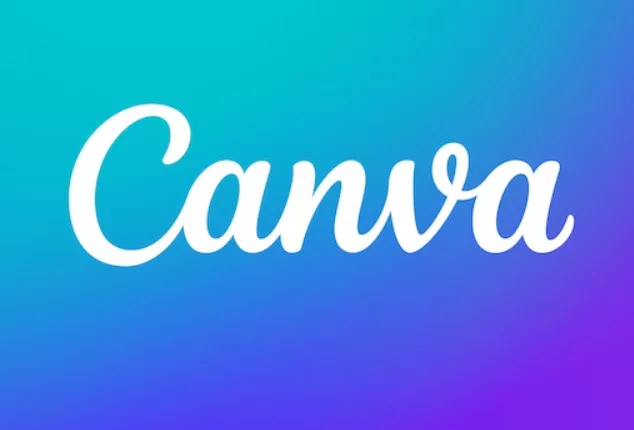
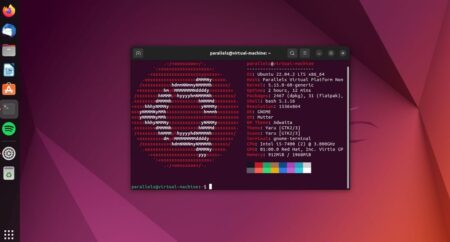
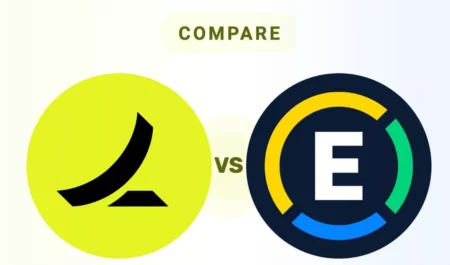




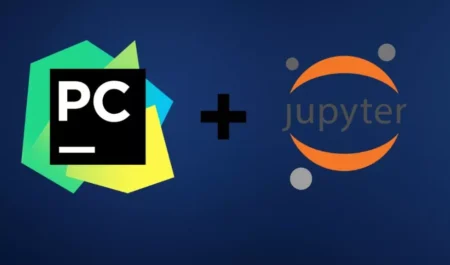
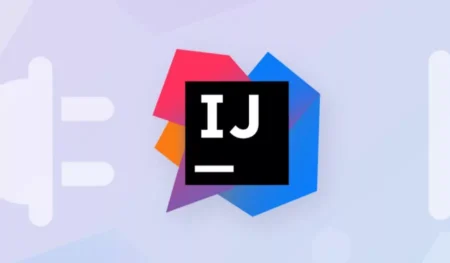

Leave a Reply